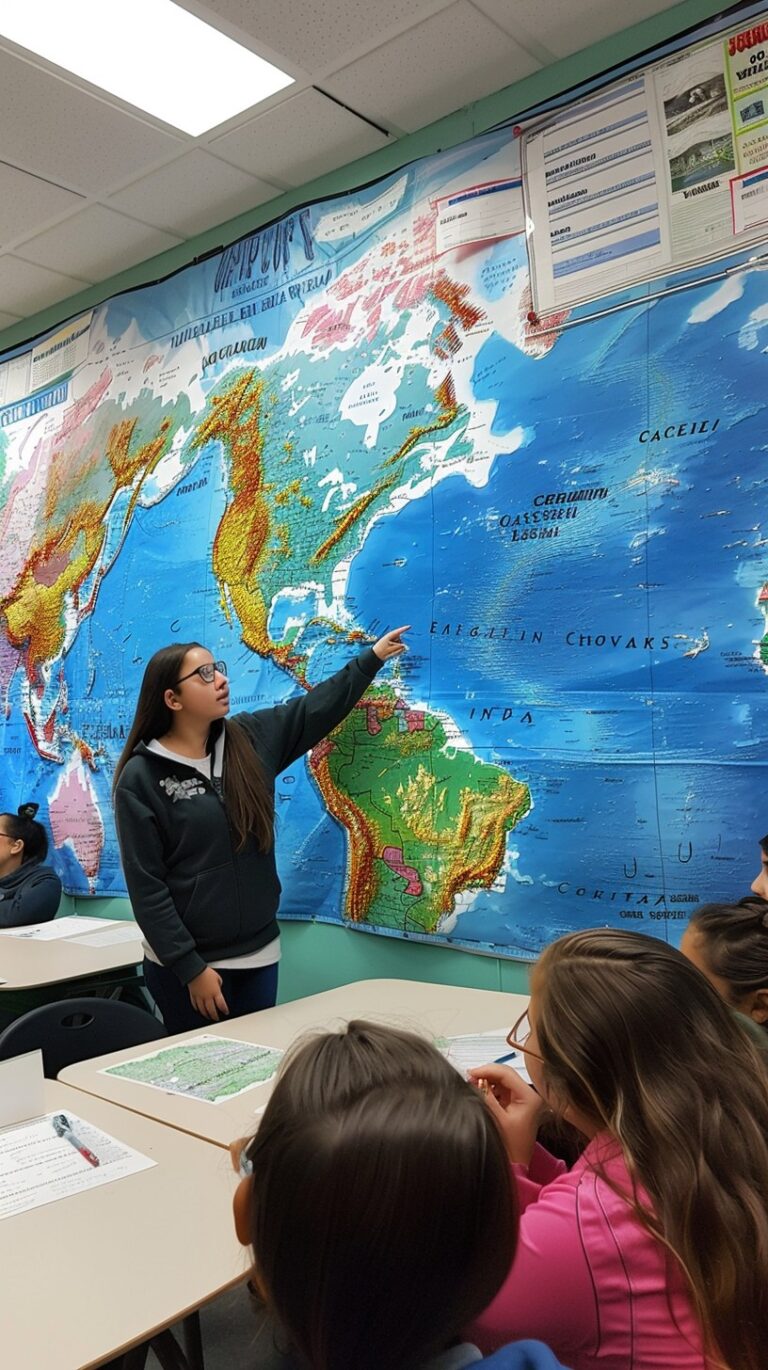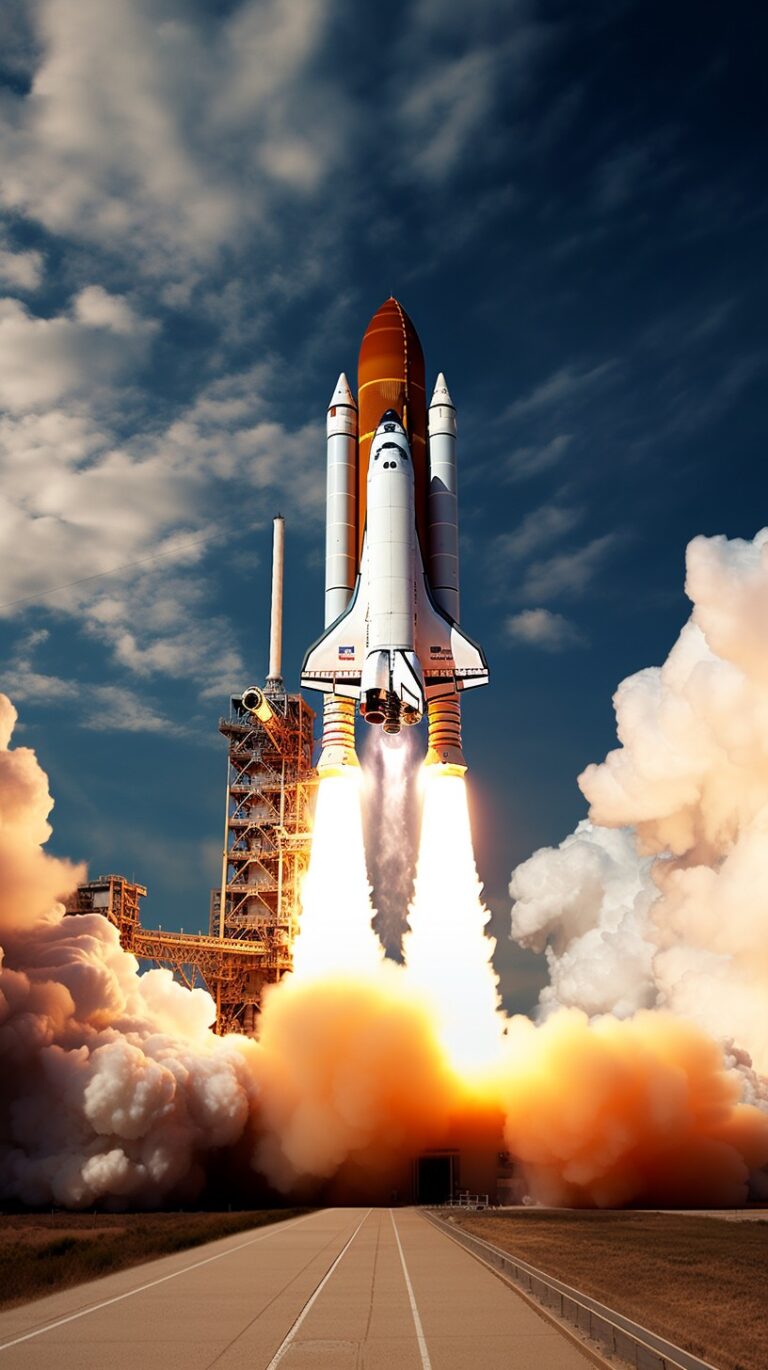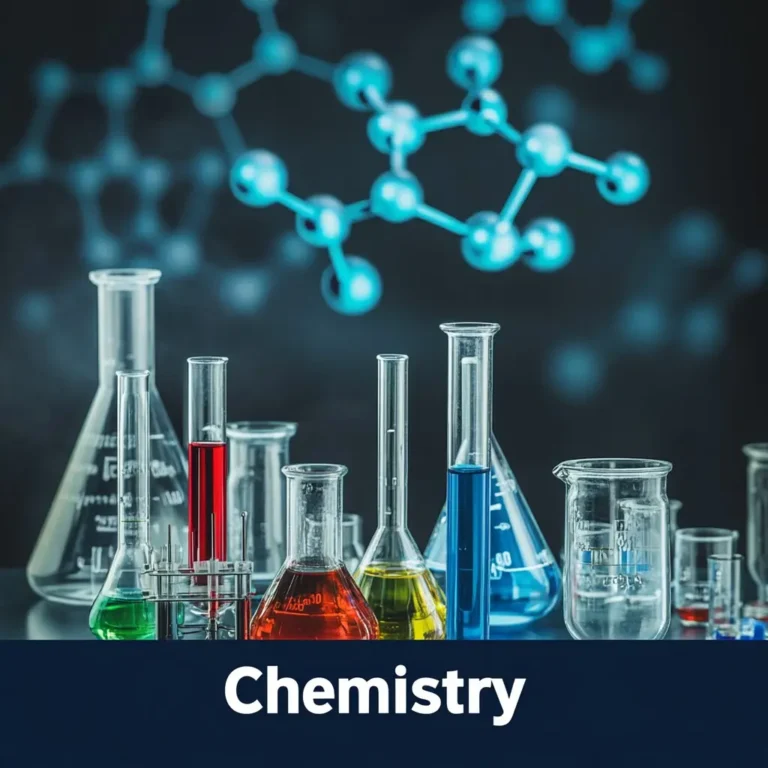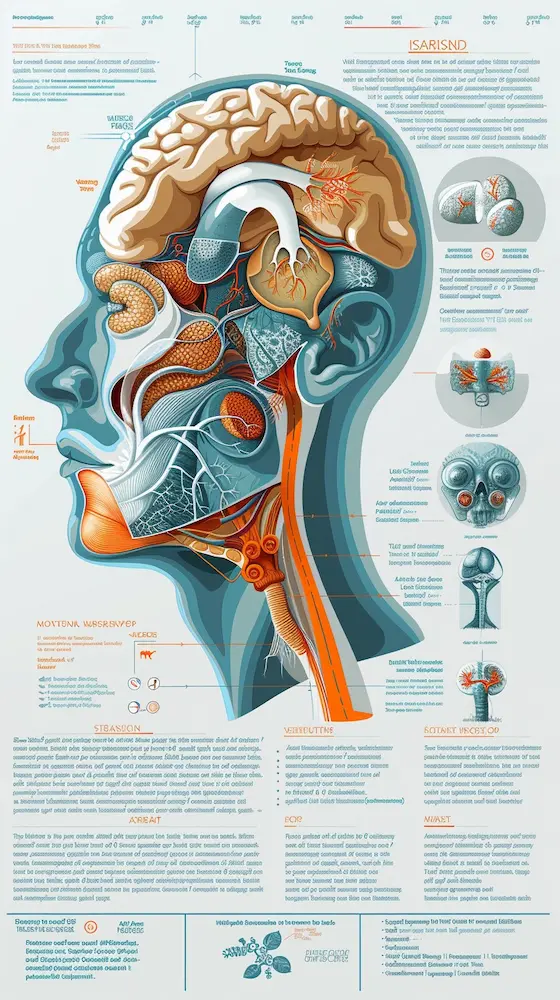I should have known that game questions could be so tricky! Think you’re a trivia expert? Put your knowledge to the test with these 100 challenging questions that might make you think, “I should have known that!”
From surprising historical facts to mind-bending scientific concepts, this quiz is designed to push your limits and maybe teach you something new. Ready to see how many you can get right? Let’s dive in!
See also our Trivia game generator or Fun Facts game for even more fun!
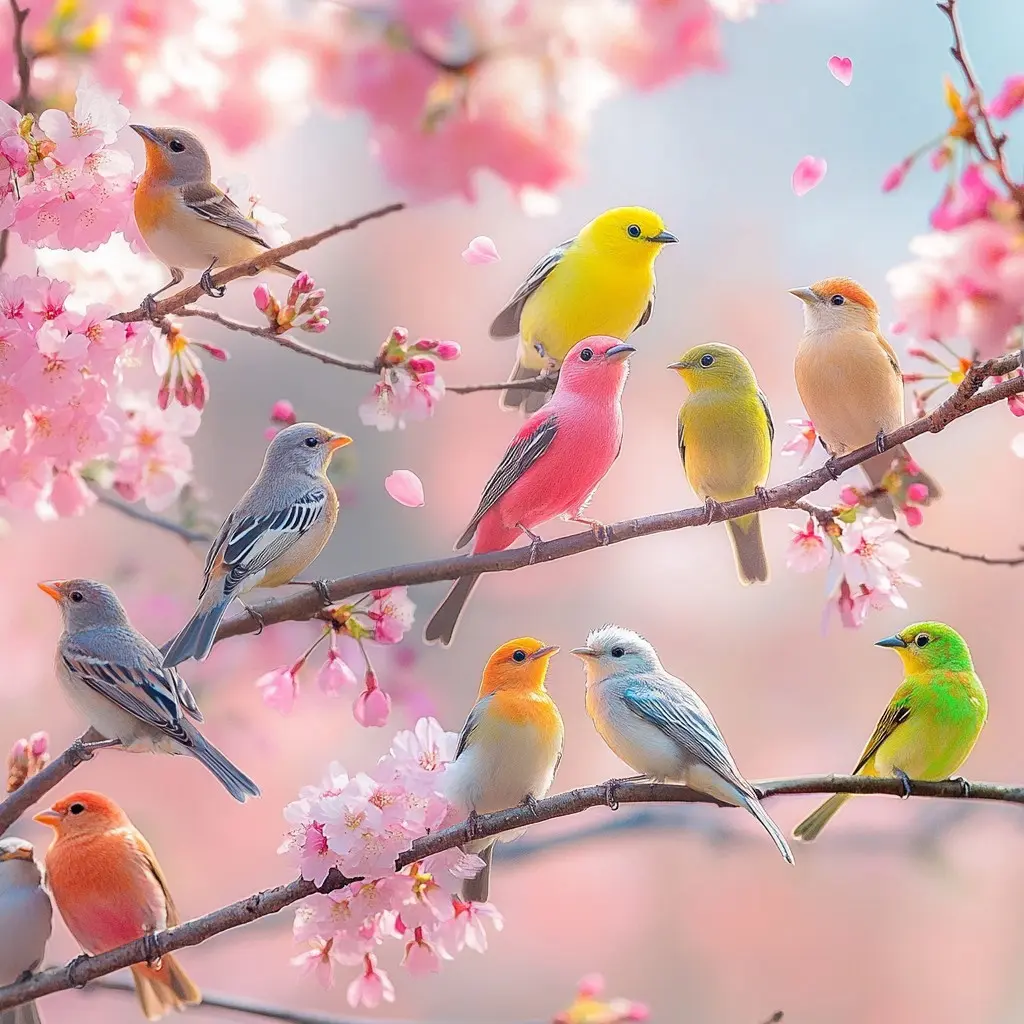
1. In which 19th-century American invention did Samuel Colt make significant advances before Samuel Morse’s telegraph?
View Answer
Answer: Revolver
Details: Samuel Colt is renowned for his development of the Colt revolver, which was a significant advancement in firearm technology before Samuel Morse’s telegraph. This is detailed in
[Historical accounts of Colt’s inventions]
.2. What is the capital of the Canadian province of Newfoundland and Labrador?
View Answer
Answer: St. John’s
Details: St. John’s is the easternmost city in North America and the capital of Newfoundland and Labrador. This is detailed in
[Geographical and political references]
.3. Which medieval European king is known by the moniker “The Lionheart”?
View Answer
Answer: Richard I of England
Details: Richard I, also known as Richard the Lionheart, was a King of England noted for his military exploits during the Crusades. This is detailed in
[Historical biographies and chronicles]
.4. Who developed calculus independently alongside Isaac Newton?
View Answer
Answer: Gottfried Wilhelm Leibniz
Details: Leibniz developed his own version of calculus around the same time as Newton, leading to a notable dispute between the two mathematicians. This is detailed in
[Mathematical history]
.5. In Shakespeare’s play “Twelfth Night,” who is the Fool named Feste?
View Answer
Answer: Feste
Details: Feste is a character in Shakespeare’s comedy “Twelfth Night,” known for his wit and musical talents. This is detailed in
[Shakespearean character analyses]
.6. What is a word that reads the same forwards and backwards called?
View Answer
Answer: Palindrome
Details: A palindrome is a word, phrase, number, or other sequence of characters which reads the same backward as forward. This is detailed in
[Linguistic studies]
.7. The ancient city of Angkor Wat is located in which Asian country?
View Answer
Answer: Cambodia
Details: Angkor Wat is a famous temple complex in Cambodia and is one of the largest religious monuments in the world. This is detailed in
[Archaeological and historical sources]
.8. What type of animal is a Komodo Dragon?
View Answer
Answer: Lizard
Details: The Komodo Dragon is the largest living lizard species, found on several Indonesian islands. This is detailed in
[Zoological studies]
.9. What was the name of the first artificial Earth satellite launched by the Soviet Union in 1957?
View Answer
Answer: Sputnik 1
Details: Sputnik 1 was the first artificial satellite to orbit the Earth, marking the beginning of space exploration. This is detailed in
[Space history]
.10. What is the main ingredient in traditional Japanese miso soup?
View Answer
Answer: Miso paste
Details: Miso paste is the primary ingredient used to make miso soup, a staple in Japanese cuisine. This is detailed in
[Culinary guides]
.11. Who was the first woman to win a Nobel Prize?
View Answer
Answer: Marie Curie
Details: Marie Curie was awarded the Nobel Prize in Physics in 1903 and later the Nobel Prize in Chemistry in 1911. This is detailed in
[Nobel Prize history]
.12. What is the capital city of Iceland?
View Answer
Answer: Reykjavik
Details: Reykjavik is the capital and largest city of Iceland, known for its vibrant culture and geothermal activity. This is detailed in
[Geographical and cultural references]
.13. Which artist is known for the painting “The Persistence of Memory”?
View Answer
Answer: Salvador Dalí
Details: Salvador Dalí created “The Persistence of Memory,” famous for its melting clocks and surreal imagery. This is detailed in
[Art history and critiques]
.14. What chemical element has the symbol “Hg”?
View Answer
Answer: Mercury
Details: Mercury is represented by the symbol “Hg” and is a heavy metal that is liquid at room temperature. This is detailed in
[Periodic table references]
.15. What is the name of the largest moon of Saturn?
View Answer
Answer: Titan
Details: Titan is Saturn’s largest moon and has a thick atmosphere, making it unique among moons in the solar system. This is detailed in
[Astronomical studies]
.16. Which famous physicist developed the theory of electromagnetism?
View Answer
Answer: James Clerk Maxwell
Details: James Clerk Maxwell formulated the theory of electromagnetism, which describes the relationship between electric and magnetic fields. This is detailed in
[Physics textbooks]
.17. What is the hardest natural substance on Earth?
View Answer
Answer: Diamond
Details: Diamond is renowned for its unparalleled hardness, making it the hardest naturally occurring substance. This is detailed in
[Mineralogy studies]
.18. Which famous playwright wrote “The Glass Menagerie”?
View Answer
Answer: Tennessee Williams
Details: Tennessee Williams wrote “The Glass Menagerie,” a classic play that explores themes of memory and family dynamics. This is detailed in
[Theater history]
.19. What is the study of insects called?
View Answer
Answer: Entomology
Details: Entomology is the scientific study of insects and their relationships to humans, other organisms, and to the environment. This is detailed in
[Biological sciences]
.20. In which Shakespeare play do you find the character of Prospero?
View Answer
Answer: The Tempest
Details: Prospero is the protagonist of Shakespeare’s play “The Tempest,” which revolves around themes of magic, betrayal, and reconciliation. This is detailed in
[Shakespearean plays]
.21. What is the longest-running Broadway musical of all time?
View Answer
Answer: The Phantom of the Opera
Details: “The Phantom of the Opera” holds the record for the longest-running Broadway musical, having premiered in 1986. This is detailed in
[Broadway records]
.22. Which planet is known as the “Red Planet”?
View Answer
Answer: Mars
Details: Mars is often called the “Red Planet” due to its reddish appearance, caused by iron oxide on its surface. This is detailed in
[Planetary science]
.23. What is the name of the largest desert in the world?
View Answer
Answer: Antarctic Desert
Details: The Antarctic Desert is the largest desert in the world by area, though it is covered in ice rather than sand. This is detailed in
[Geographical records]
.24. Which U.S. state is known as the “Empire State”?
View Answer
Answer: New York
Details: New York is often referred to as the “Empire State,” a nickname derived from its wealth and variety of resources. This is detailed in
[U.S. state nicknames]
.25. What is the name of the famous detective created by Arthur Conan Doyle?
View Answer
Answer: Sherlock Holmes
Details: Sherlock Holmes is the iconic detective character created by Arthur Conan Doyle, known for his brilliant deductive reasoning. This is detailed in
[Literary works of Doyle]
.26. What is the smallest bone in the human body?
View Answer
Answer: Stapes
Details: The stapes bone, located in the middle ear, is the smallest bone in the human body. This is detailed in
[Anatomical studies]
.27. Which famous painter is known for his “Water Lilies” series?
View Answer
Answer: Claude Monet
Details: Claude Monet is renowned for his series of paintings titled “Water Lilies,” which depict his garden in Giverny. This is detailed in
[Art history and critiques]
.28. What is the smallest prime number?
View Answer
Answer: 2
Details: The number 2 is the smallest and the only even prime number. This is detailed in
[Number theory]
.29. What is the name of the Greek goddess of wisdom?
View Answer
Answer: Athena
Details: Athena is the Greek goddess of wisdom, warfare, and crafts, often depicted with an owl. This is detailed in
[Greek mythology]
.30. Which element is represented by the symbol “Na”?
View Answer
Answer: Sodium
Details: Sodium, with the symbol “Na,” is an alkali metal found in many compounds, such as table salt. This is detailed in
[Periodic table references]
.31. What is the capital of Turkey?
View Answer
Answer: Ankara
Details: Ankara is the capital city of Turkey, known for its historical landmarks and government buildings. This is detailed in
[Geographical references]
.32. Who wrote the novel “1984”?
View Answer
Answer: George Orwell
Details: George Orwell authored “1984,” a dystopian novel that explores themes of surveillance and authoritarianism. This is detailed in
[Literary analyses]
.33. What chemical element has the atomic number 79?
View Answer
Answer: Gold
Details: Gold, with the atomic number 79, is a precious metal known for its conductivity and luster. This is detailed in
[Periodic table references]
.34. Who painted the “Mona Lisa”?
View Answer
Answer: Leonardo da Vinci
Details: Leonardo da Vinci is the artist behind the “Mona Lisa,” a portrait famous for its enigmatic expression. This is detailed in
[Art history]
.35. What is the main language spoken in Brazil?
View Answer
Answer: Portuguese
Details: Portuguese is the official language of Brazil, a result of its colonization by Portugal. This is detailed in
[Linguistic studies]
.36. Which Roman emperor famously fiddled while Rome burned?
View Answer
Answer: Nero
Details: Emperor Nero is infamously associated with the phrase “fiddling while Rome burned,” though historical accuracy of this claim is debated. This is detailed in
[Historical accounts]
.37. What is the hardest natural substance on Earth?
View Answer
Answer: Diamond
Details: Diamond is renowned for its unparalleled hardness, making it the hardest naturally occurring substance. This is detailed in
[Mineralogy studies]
.38. What is the smallest planet in our solar system?
View Answer
Answer: Mercury
Details: Mercury is the smallest planet in the solar system, known for its proximity to the Sun. This is detailed in
[Astronomical studies]
.39. What is the name of the largest island in the Mediterranean Sea?
View Answer
Answer: Sicily
Details: Sicily is the largest island in the Mediterranean Sea, located off the southern coast of Italy. This is detailed in
[Geographical references]
.40. Which famous explorer is credited with discovering America in 1492?
View Answer
Answer: Christopher Columbus
Details: Christopher Columbus is credited with the European discovery of the Americas in 1492, although he never reached the mainland of what is now the United States. This is detailed in
[Exploration history]
.41. What is the national flower of Japan?
View Answer
Answer: Cherry Blossom (Sakura)
Details: The Cherry Blossom, or Sakura, is celebrated in Japan for its beauty and cultural significance, marking the arrival of spring. This is detailed in
[Cultural studies]
.42. Which U.S. state is known as the “Sunshine State”?
View Answer
Answer: Florida
Details: Florida is nicknamed the “Sunshine State” due to its generally sunny weather and warm climate. This is detailed in
[State nicknames]
.43. Who was the 16th President of the United States?
View Answer
Answer: Abraham Lincoln
Details: Abraham Lincoln served as the 16th President of the United States and is best known for leading the country during the Civil War. This is detailed in
[American history]
.44. What is the term for a fear of spiders?
View Answer
Answer: Arachnophobia
Details: Arachnophobia is the term used to describe an intense fear of spiders. This is detailed in
[Psychological studies]
.45. Which element is essential for thyroid hormone production?
View Answer
Answer: Iodine
Details: Iodine is a crucial element for the production of thyroid hormones, which are essential for metabolic processes. This is detailed in
[Nutritional science]
.46. Who is the author of the book “The Catcher in the Rye”?
View Answer
Answer: J.D. Salinger
Details: J.D. Salinger wrote “The Catcher in the Rye,” a novel known for its exploration of teenage angst and rebellion. This is detailed in
[Literary analyses]
.47. What is the longest river in the world?
View Answer
Answer: Nile River
Details: The Nile River is often considered the longest river in the world, flowing through northeastern Africa. This is detailed in
[Geographical references]
.48. Which organ in the human body produces insulin?
View Answer
Answer: Pancreas
Details: The pancreas produces insulin, a hormone essential for regulating blood sugar levels. This is detailed in
[Medical and anatomical studies]
.49. What is the name of the ship that sank on its maiden voyage in 1912?
View Answer
Answer: Titanic
Details: The RMS Titanic famously sank on its maiden voyage after hitting an iceberg in 1912. This is detailed in
[Historical accounts]
.50. What is the hardest natural substance on Earth?
View Answer
Answer: Diamond
Details: Diamond is the hardest naturally occurring substance known to science. This is detailed in
[Mineralogy studies]
.51. What famous battle took place in 1066?
View Answer
Answer: Battle of Hastings
Details: The Battle of Hastings was fought in 1066 and resulted in William the Conqueror’s victory over Harold II, leading to the Norman conquest of England. This is detailed in
[Historical records]
.52. Which planet is known for its prominent ring system?
View Answer
Answer: Saturn
Details: Saturn is renowned for its extensive and visually striking ring system. This is detailed in
[Astronomical studies]
.53. What is the capital city of Australia?
View Answer
Answer: Canberra
Details: Canberra is the capital city of Australia, chosen as a compromise between Sydney and Melbourne. This is detailed in
[Geographical and political references]
.54. Who discovered the law of universal gravitation?
View Answer
Answer: Isaac Newton
Details: Isaac Newton formulated the law of universal gravitation, which describes the attractive force between masses. This is detailed in
[Physics textbooks]
.55. Which organ in the human body is primarily responsible for detoxification?
View Answer
Answer: Liver
Details: The liver is crucial for detoxifying harmful substances and metabolizing various compounds. This is detailed in
[Medical and anatomical studies]
.56. What is the chemical formula for table salt?
View Answer
Answer: NaCl
Details: Sodium chloride (NaCl) is the chemical formula for table salt, used widely in cooking and preservation. This is detailed in
[Chemical studies]
.57. What famous 19th-century writer is known for “Moby-Dick”?
View Answer
Answer: Herman Melville
Details: Herman Melville authored “Moby-Dick,” a novel about the obsessive quest of Captain Ahab. This is detailed in
[Literary analyses]
.58. Which sea is the world’s largest inland sea?
View Answer
Answer: Caspian Sea
Details: The Caspian Sea is the largest enclosed inland body of water by both area and volume. This is detailed in
[Geographical references]
.59. What is the primary language spoken in Argentina?
View Answer
Answer: Spanish
Details: Spanish is the official language of Argentina, reflecting the country’s colonial history. This is detailed in
[Linguistic studies]
.60. Which element has the chemical symbol “Fe”?
View Answer
Answer: Iron
Details: Iron, represented by the symbol “Fe,” is a common metal used in construction and manufacturing. This is detailed in
[Periodic table references]
.61. What is the capital city of Spain?
View Answer
Answer: Madrid
Details: Madrid is the capital and largest city of Spain, known for its cultural and historical significance. This is detailed in
[Geographical references]
.62. Who composed the Four Seasons?
View Answer
Answer: Antonio Vivaldi
Details: Antonio Vivaldi composed “The Four Seasons,” a set of four violin concertos representing each season. This is detailed in
[Music history]
.63. What is the largest ocean on Earth?
View Answer
Answer: Pacific Ocean
Details: The Pacific Ocean is the largest and deepest ocean, covering more than 63 million square miles. This is detailed in
[Geographical references]
.64. Which U.S. state is known as the “Lone Star State”?
View Answer
Answer: Texas
Details: Texas is nicknamed the “Lone Star State,” a reference to the single star on its flag and its history of independence. This is detailed in
[State nicknames]
.65. What is the chemical symbol for gold?
View Answer
Answer: Au
Details: Gold is represented by the symbol “Au” on the periodic table, derived from its Latin name “aurum.” This is detailed in
[Periodic table references]
.66. Who wrote “Pride and Prejudice”?
View Answer
Answer: Jane Austen
Details: Jane Austen is the author of “Pride and Prejudice,” a novel exploring themes of class and marriage in 19th-century England. This is detailed in
[Literary studies]
.67. What is the most abundant gas in the Earth’s atmosphere?
View Answer
Answer: Nitrogen
Details: Nitrogen makes up about 78% of the Earth’s atmosphere, making it the most abundant gas. This is detailed in
[Atmospheric science]
.68. Which famous scientist developed the theory of relativity?
View Answer
Answer: Albert Einstein
Details: Albert Einstein is renowned for developing the theory of relativity, which revolutionized our understanding of space and time. This is detailed in
[Physics textbooks]
.69. What is the name of the ancient Egyptian writing system using picture symbols?
View Answer
Answer: Hieroglyphics
Details: Hieroglyphics is the writing system used in ancient Egypt, consisting of picture symbols and ideograms. This is detailed in
[Archaeological studies]
.70. Who is known as the “Father of Modern Physics”?
View Answer
Answer: Isaac Newton
Details: Isaac Newton is often referred to as the “Father of Modern Physics” due to his foundational contributions to classical mechanics and calculus. This is detailed in
[Physics textbooks]
.71. What is the currency used in Japan?
View Answer
Answer: Yen
Details: The yen is the official currency of Japan, denoted by the symbol “¥.” This is detailed in
[Economic studies]
.72. What is the primary ingredient in guacamole?
View Answer
Answer: Avocado
Details: Avocado is the main ingredient in guacamole, a popular Mexican dip. This is detailed in
[Culinary arts]
.73. Which famous scientist is known for his work on the laws of motion and universal gravitation?
View Answer
Answer: Isaac Newton
Details: Isaac Newton is known for his formulation of the laws of motion and universal gravitation. This is detailed in
[Physics textbooks]
.74. Who wrote the play “Hamlet”?
View Answer
Answer: William Shakespeare
Details: William Shakespeare wrote “Hamlet,” one of his most famous and frequently performed tragedies. This is detailed in
[Literary studies]
.75. What is the chemical symbol for silver?
View Answer
Answer: Ag
Details: Silver is represented by the symbol “Ag” on the periodic table, derived from its Latin name “argentum.” This is detailed in
[Periodic table references]
.76. What is the largest land animal on Earth?
View Answer
Answer: African Elephant
Details: The African elephant is the largest land animal, distinguished by its large size and long trunk. This is detailed in
[Wildlife studies]
.77. Which Shakespeare play features the character of Lady Macbeth?
View Answer
Answer: Macbeth
Details: Lady Macbeth is a key character in Shakespeare’s play “Macbeth,” known for her ambition and role in the plot. This is detailed in
[Literary studies]
.78. What is the main gas responsible for the greenhouse effect?
View Answer
Answer: Carbon Dioxide
Details: Carbon dioxide (CO₂) is a major greenhouse gas contributing to global warming by trapping heat in the Earth’s atmosphere. This is detailed in
[Environmental science]
.79. Who painted the “Starry Night”?
View Answer
Answer: Vincent van Gogh
Details: Vincent van Gogh painted “Starry Night,” an iconic work known for its swirling, vibrant depiction of the night sky. This is detailed in
[Art history]
.80. What is the name of the largest volcano in the solar system?
View Answer
Answer: Olympus Mons
Details: Olympus Mons, located on Mars, is the largest volcano in the solar system, standing about 13.6 miles (22 km) high. This is detailed in
[Planetary science]
.81. What is the hardest natural substance on Earth?
View Answer
Answer: Diamond
Details: Diamond is the hardest naturally occurring substance, used for cutting and industrial applications. This is detailed in
[Mineralogy studies]
.82. What is the capital city of Italy?
View Answer
Answer: Rome
Details: Rome is the capital city of Italy, known for its historical significance and cultural landmarks. This is detailed in
[Geographical references]
.83. Who is known as the “Father of Modern Chemistry”?
View Answer
Answer: Antoine Lavoisier
Details: Antoine Lavoisier is often called the “Father of Modern Chemistry” for his work on the law of conservation of mass and chemical nomenclature. This is detailed in
[Chemical history]
.84. What is the chemical formula for water?
View Answer
Answer: H₂O
Details: Water’s chemical formula is H₂O, indicating two hydrogen atoms bonded to one oxygen atom. This is detailed in
[Chemical studies]
.85. Which famous playwright is known for writing “Romeo and Juliet”?
View Answer
Answer: William Shakespeare
Details: William Shakespeare wrote “Romeo and Juliet,” a tragic play about star-crossed lovers. This is detailed in
[Literary studies]
.86. What is the largest animal in the ocean?
View Answer
Answer: Blue Whale
Details: The blue whale is the largest animal in the ocean and the largest animal ever known to have existed. This is detailed in
[Marine biology]
.87. What is the chemical symbol for helium?
View Answer
Answer: He
Details: Helium is represented by the symbol “He” on the periodic table and is a noble gas used in various applications. This is detailed in
[Periodic table references]
.88. Who was the first person to step on the Moon?
View Answer
Answer: Neil Armstrong
Details: Neil Armstrong was the first person to step on the Moon during the Apollo 11 mission in 1969. This is detailed in
[Space exploration history]
.89. What is the largest city in the United States by population?
View Answer
Answer: New York City
Details: New York City is the largest city in the United States by population, known for its significant cultural and financial influence. This is detailed in
[Geographical references]
.90. What is the hardest natural substance on Earth?
View Answer
Answer: Diamond
Details: Diamond remains the hardest natural substance on Earth, used in various industrial applications for cutting and drilling. This is detailed in
[Mineralogy studies]
.91. Which is the only continent without a desert?
View Answer
Answer: Europe
Details: Europe is the only continent without a desert, in contrast to other continents that have expansive arid regions. This is detailed in
[Geographical references]
.92. What is the largest island in the world?
View Answer
Answer: Greenland
Details: Greenland is the largest island in the world, located between the Arctic and Atlantic Oceans. This is detailed in
[Geographical references]
.93. Who wrote “The Great Gatsby”?
View Answer
Answer: F. Scott Fitzgerald
Details: F. Scott Fitzgerald is the author of “The Great Gatsby,” a novel exploring themes of decadence and the American Dream. This is detailed in
[Literary analyses]
.94. What is the smallest unit of life that can function independently?
View Answer
Answer: Cell
Details: The cell is the smallest unit of life that can function independently, making up all living organisms. This is detailed in
[Biological sciences]
.95. What is the primary language spoken in Brazil?
View Answer
Answer: Portuguese
Details: Portuguese is the official language of Brazil, a remnant of the country’s colonial history. This is detailed in
[Linguistic studies]
.96. What is the smallest planet in our solar system?
View Answer
Answer: Mercury
Details: Mercury is the smallest planet in our solar system, located closest to the Sun. This is detailed in
[Astronomical studies]
.97. Who painted the “Mona Lisa”?
View Answer
Answer: Leonardo da Vinci
Details: Leonardo da Vinci painted the “Mona Lisa,” one of the most famous portraits in art history. This is detailed in
[Art history]
.98. What is the primary function of red blood cells?
View Answer
Answer: Oxygen transport
Details: Red blood cells are primarily responsible for transporting oxygen from the lungs to tissues and organs throughout the body. This is detailed in
[Medical and anatomical studies]
.99. What is the currency used in the United Kingdom?
View Answer
Answer: Pound Sterling
Details: The pound sterling, often referred to as the British pound, is the currency used in the United Kingdom. This is detailed in
[Economic studies]
.100. Who was the 16th President of the United States?
View Answer
Answer: Abraham Lincoln
Details: Abraham Lincoln served as the 16th President of the United States, leading the country during the Civil War and working to end slavery. This is detailed in

